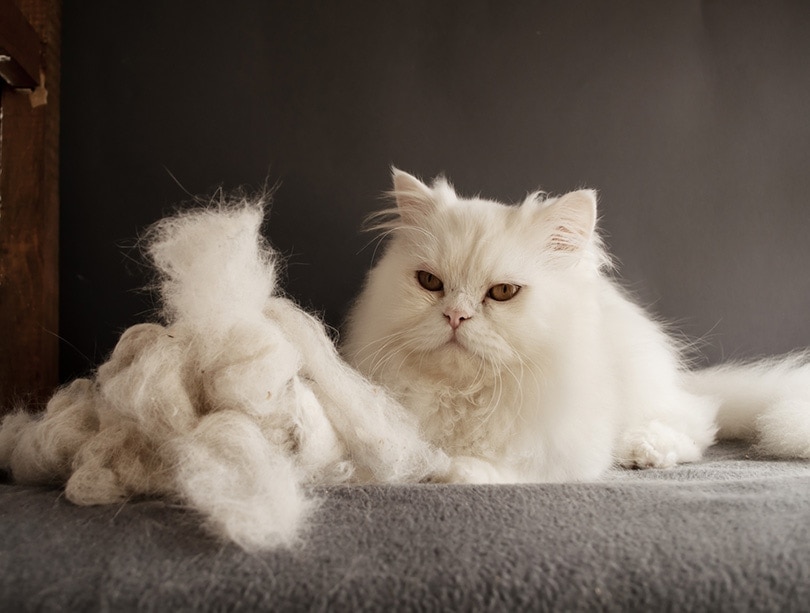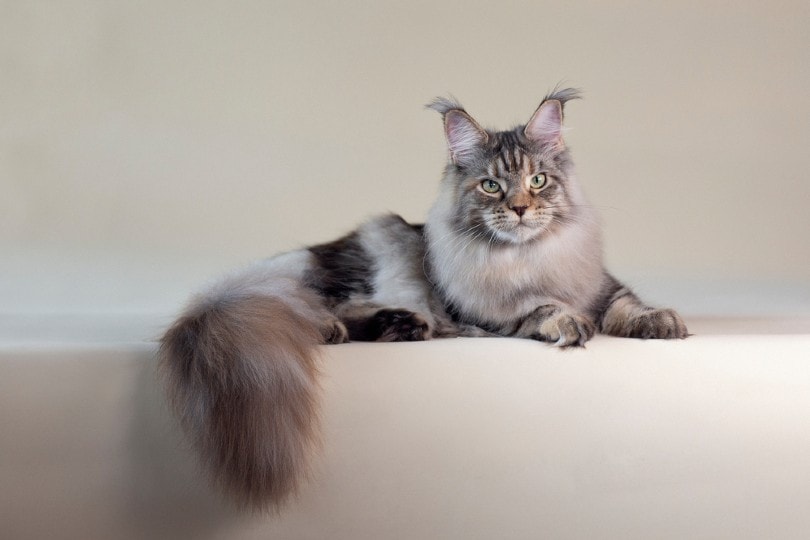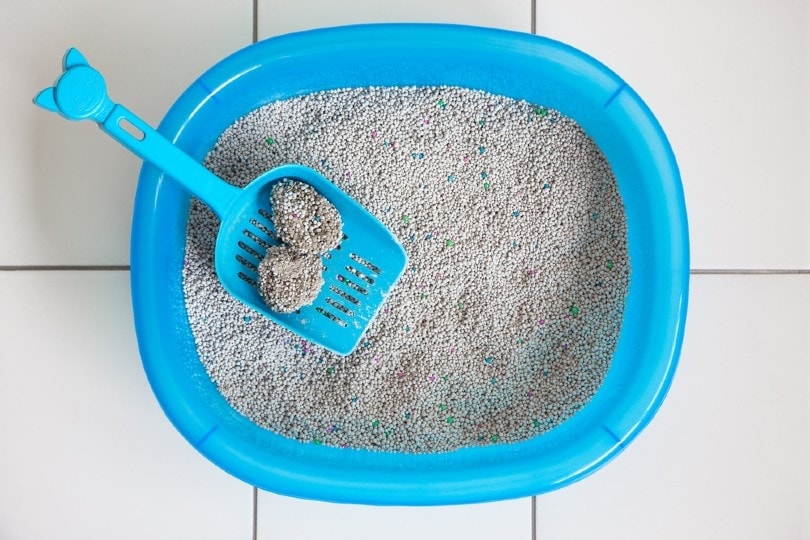Do All Cats Have Webbed Feet? Is It Typical?

Updated on
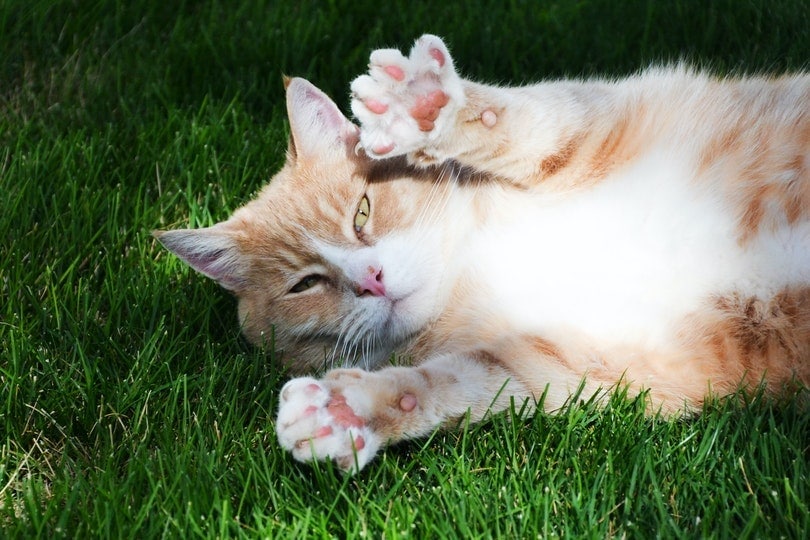
If you love cats, by default, you also love their paws, especially their adorable toe beans! But have you ever noticed that your cat seems to have webbing between their toes? Is this something that affects only a few breeds?
It turns out that all cats have webbing between their toes! It’s only partial webbing, but it’s there nonetheless and is typical for all felines.
Keep reading if you’re interested in learning more about why cats have webbed feet. There’s also extra information about the breeds that tend to have more webbing on their feet than others.
3 Possible Reasons Why Cats Have Webbed Feet
Now that you know that your cat has partially webbed feet, you must be wondering why, especially since cats aren’t always big fans of water.
1. Swimming
Unless introduced to water at an early age, most cats dislike being in water. But it’s interesting to note that all cats know how to swim whether they were introduced to water or not—it’s instinct!
In the wild, this instinct to swim comes in handy when cats are hunting prey near or in the water. The webbing enables them to swim after prey so they don’t go hungry and helps them survive if they accidentally fall in.
The webbing in the cat’s paws works similarly to the webbed feet of waterbirds like ducks and geese. It enables the cat to push more effectively against the water, which helps propel them farther and faster.
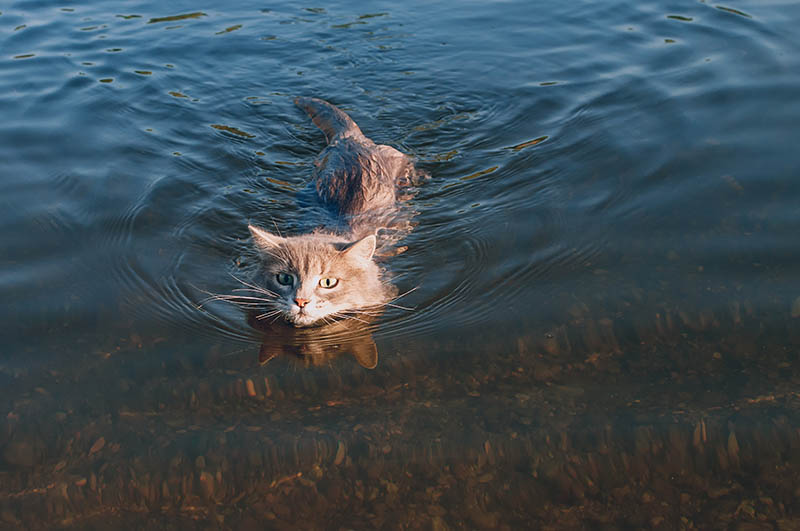
2. Stalking and Hunting
Webbed feet are helpful for cats that need to hunt on different surfaces. The webbing prevents the cats from sinking into muddy or marshy ground and can help them stay quiet while stalking.
The pads on their paws act as shock absorbers and provide traction when they run or walk. They protect their feet from cold and hot surfaces and are effective sensors. In fact, cats have the ability to feel and evaluate the vibrations of prey in the vicinity.
The pads and webbing act together to help cats balance, remain quiet, and survive in the long run.
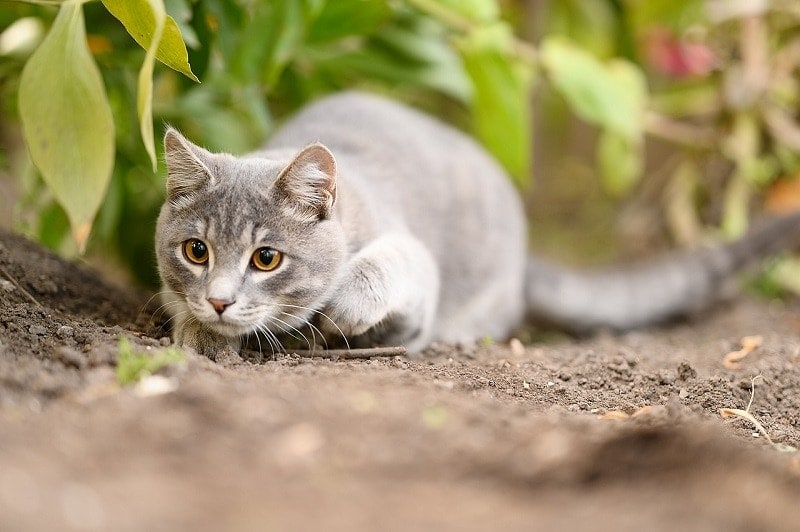
3. Climbing and Balance
The webbing enables cats to spread their paws, which covers more surfaces. This is why it works for swimming and helps keep them from sinking on softer surfaces. The webbed paws also enable them to balance.
Bigger cats, like leopards, are known for climbing trees, and the webbing on their paws gives them a better grip while moving along tree branches.
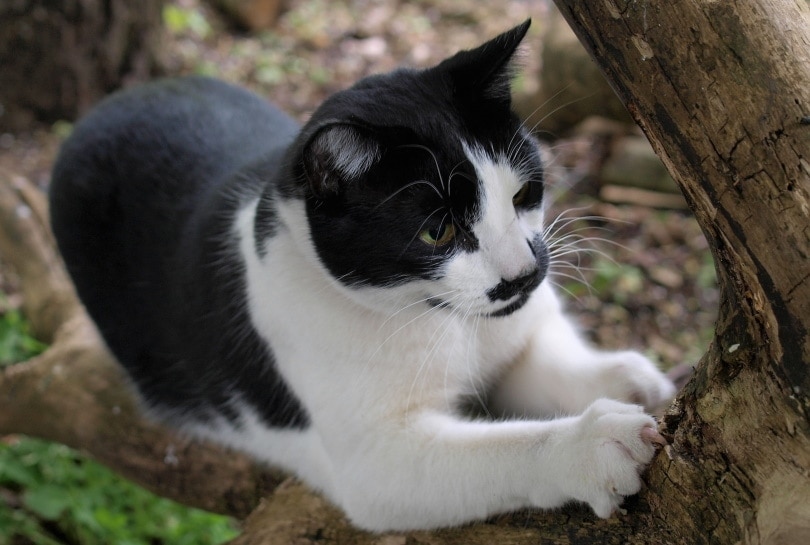
Why Do Domestic Cats Have Webbed Feet?
These reasons relate more to bigger wild cats, but why do small cats have webbed feet? It’s all about evolution. While many modern-day cats are indoors only, their webbed paws can still come in handy if they unexpectedly find themselves outside. Everything about a cat is designed to help them survive in the wild. They use their claws for climbing and protection, and their bodies are flexible, enabling them to fit in small spaces and always land on their feet.
Cats share 95.6% of their genetics with tigers, which also sport webbed paws. Some breeds of tigers spend most of their time in the water, as do the fishing cats found in Southeast Asia, whose main prey is fish.
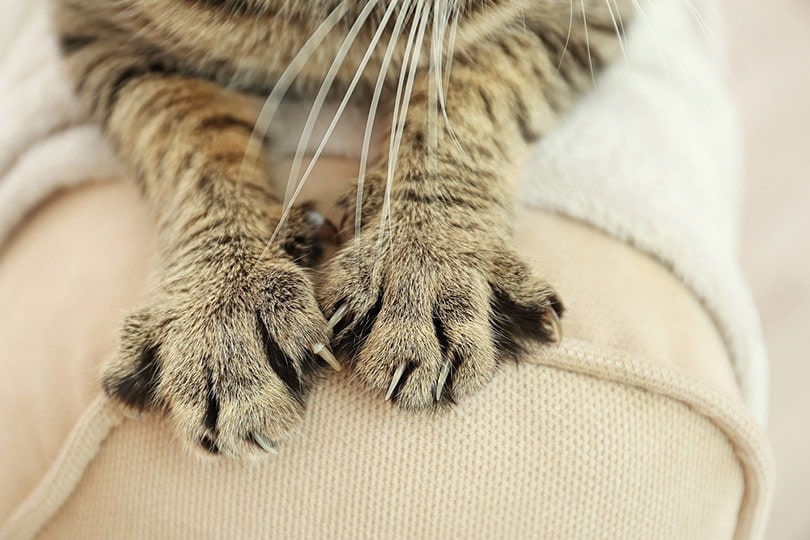
Breeds With More Noticeable Webbing
While all cat breeds have webbing, there are a few breeds that have more noticeable webbing on their feet.
The Sphynx cat is well known for being a hairless breed. The lack of fur, in addition to the Sphynx’s extra-long toes, gives them very pronounced webbing! The Donskoy, a hairless breed from Russia, has the same type of webbing! Part of the Bengal’s ancestry is found in the Asian Leopard Cat, which lives near water sources and has webbed feet. The Bengal is one breed that loves water, and many of these cats have more noticeable webbing. Maine Coons have famously thick double coats that keep them warm and can repel water to a certain degree. They love playing with water, and combine that with their large size, they are more likely to have obvious webbing between their toes.
Remember, all cats have webbing on their paws. There are just certain cat breeds that seem to have more webbing than others, and it seems to be the ones that don’t mind getting wet!

How to Look at Your Cat’s Webbed Feet
If you have a hairless breed, you’ll have no problem seeing the webbing on their paws. But most cats are quite furry. With these cats, it’s challenging to see the webbing.
If your cat lets you touch their paws, you should be able to gently spread their toes and take a look. Remember, most cats only have partial webbing, so it won’t be overtly obvious.
For those who have cats that are hands-off when it comes to their paws, you’ll only be able to see the webbing when your cat is stretching or grooming. Cats tend to stretch their toes apart at certain points during a good long grooming session, so take a peek at these times, and you should be able to see the webbing.

Taking Care of Your Cat’s Paws
Taking care of your cat’s paws is essential. There are several steps to maintaining your cat’s feet. One of the most obvious is nail trimming.
Trimming the nails isn’t fun even if your cat is cooperative, but it is a necessity. If the claws grow too long, they can become embedded in their pads. For some people, it might be easier to hire a groomer to take care of your cat’s paws, but if you’re willing and able to do everything yourself, make extra paw care a part of the grooming routine. Check that the pads are in good shape: Look for cracks, redness, discoloration, or dryness. If you take your cat for walks or let them outside to roam, always check their paws when they’re back inside, and clean in between their toes with a soft cloth.
If you ever notice your cat excessively licking and biting at their paws and if this behavior is accompanied by limping, take your cat to the vet.

Conclusion
Now you know more about your cat’s webbed paws than you did before! It’s a strange feature, given the reputation that cats have regarding water. But considering that they all have the ability to swim without being taught first, it’s a surefire sign of how much of a survival instinct it is. This is only emphasized with those webbed paws.
See also:
Featured Image Credit: Kevin Bidwell, Pexels
